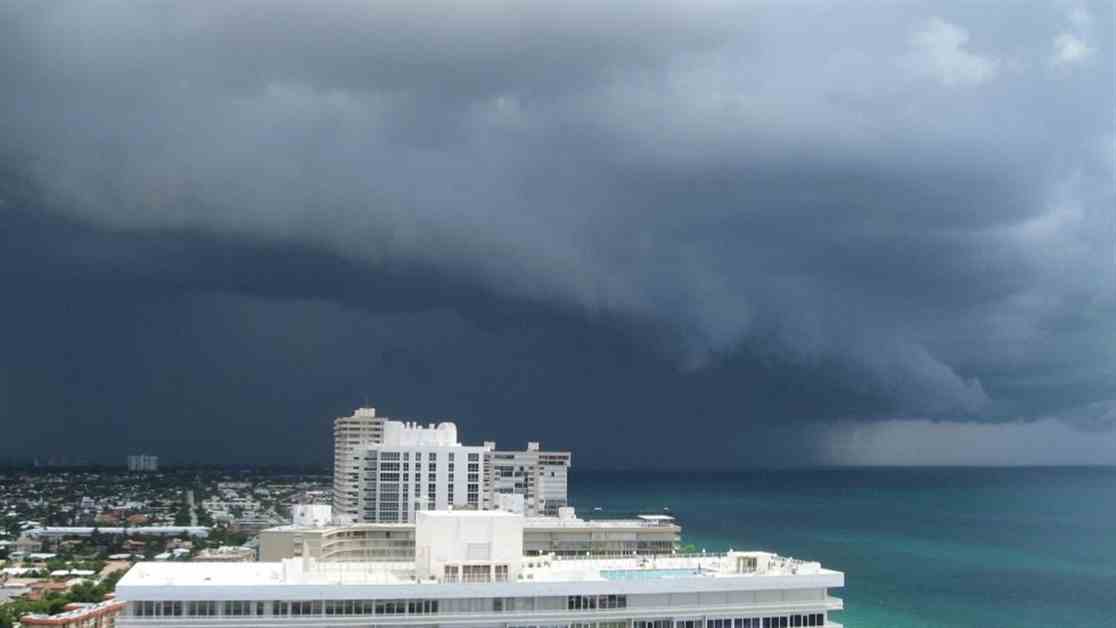Florida’s Rainy Season: What to Expect
Florida, known as the sunshine state, transforms into a rainy state from May to October. This period, known as the wet season, brings the majority of the peninsula’s annual rainfall. The season typically begins with high temperatures in the upper 90s and dry thunderstorms. These mini storms can create grass fires due to lightning strikes, especially in dry areas post the dry season. As the weeks progress, daily thunderstorms become a common occurrence across the state, with temperatures hovering around 90-92 degrees, a 50% chance of rain, and high humidity levels.
Tampa receives about 70% of its average annual rainfall during the wet season, while Miami gets nearly 75% of its total annual rainfall from May to October. The wet season starts a bit later in central and northern Florida, usually in early to mid-June. In contrast, South Florida experiences the onset of the rainy season earlier. By late May, the rainy season is typically in full swing in this region, lasting until October.
During the summer months, Florida experiences a lack of cold fronts, allowing heat and humidity to build up, leading to daily thunderstorms. The sea breeze plays a significant role in triggering these storms. As the peninsula heats up, the cooling sea breeze moves inland, colliding with other sea breezes and creating thunderstorms. This phenomenon makes Florida prone to lightning strikes, with Central Florida often referred to as the lightning capital of the US.
Aside from the sea breeze, the Bermuda High also influences Florida’s weather patterns. The clockwise flow of air around the Bermuda High determines the strength and direction of thunderstorms in the state. Depending on the position of the Bermuda High, thunderstorms can vary in intensity and movement, affecting different regions of Florida.
However, the daily thunderstorm pattern can be interrupted by hurricanes, which coincide with Florida’s rainy season. Hurricanes can disrupt the regular thunderstorm activity for extended periods, bringing heavy rainfall and flooding to the region. Even slow-moving tropical storms or depressions can result in prolonged rainfall events, emphasizing the need for preparedness during the hurricane season.
In conclusion, Florida’s rainy season brings daily thunderstorms, high humidity levels, and the constant threat of lightning strikes. Understanding the complex interplay between the sea breeze, Bermuda High, and hurricanes is crucial for residents and visitors alike to stay safe and prepared during this dynamic weather period. Stay informed, stay safe, and be ready for the unpredictable nature of Florida’s rainy season.


